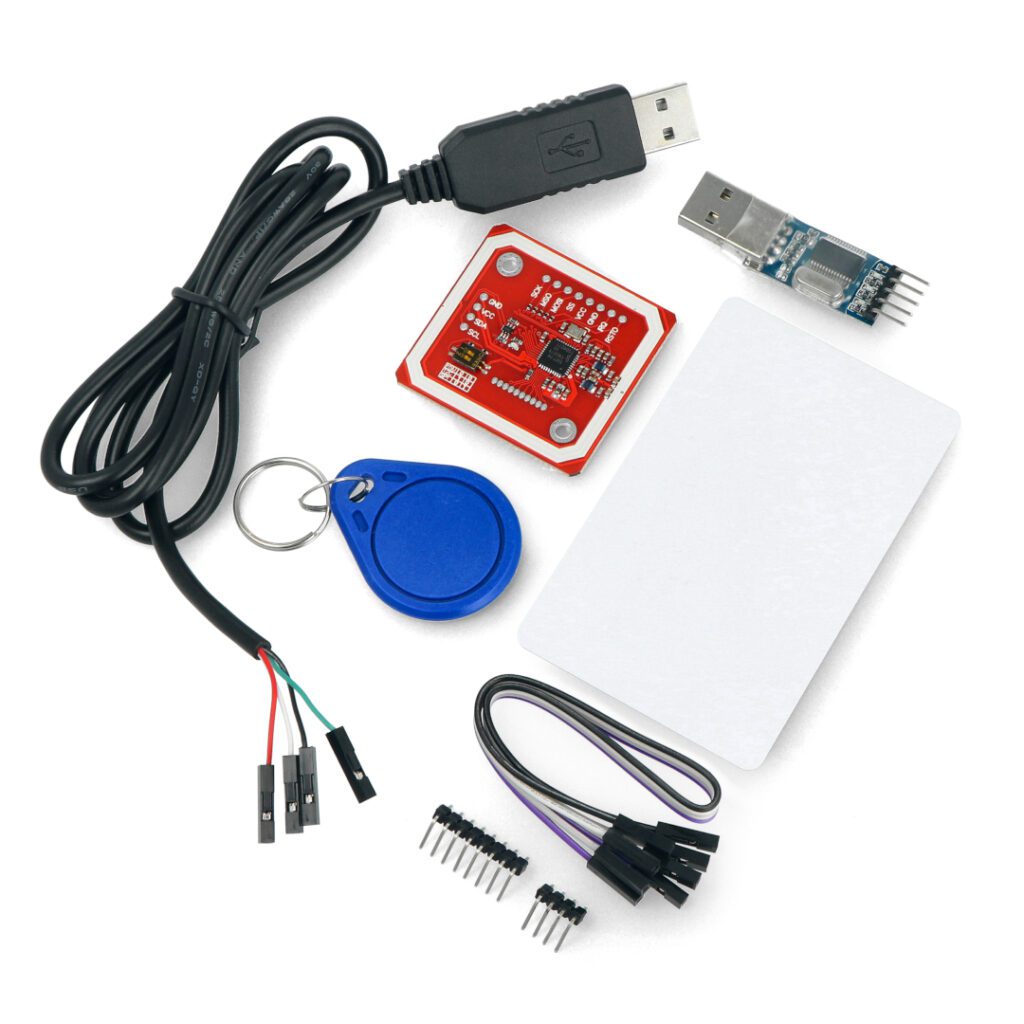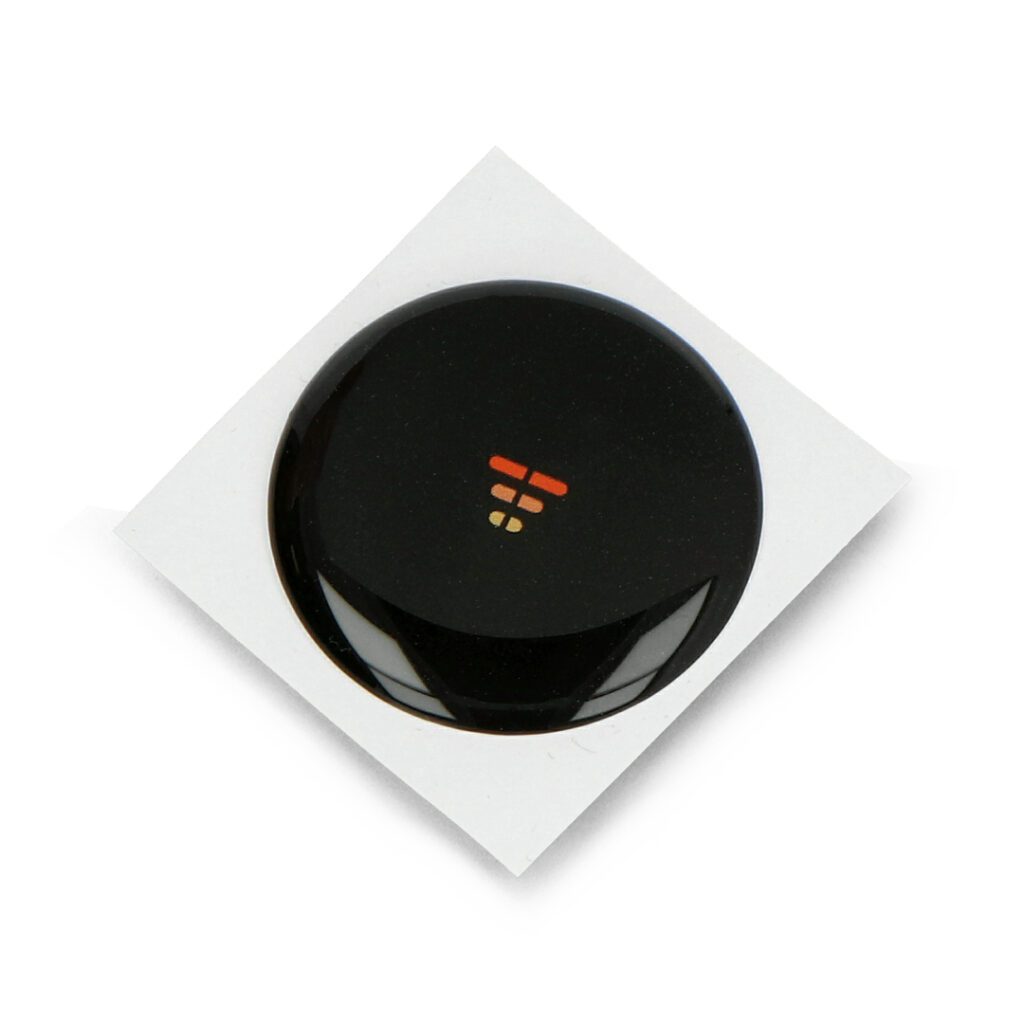Table of Contents:
Wondering what capabilities are hidden in the small but powerful NFC reader? Curious about how it makes daily activities simpler and faster? Discover the fascinating world of short-range communication and how NFC technology is revolutionizing our interactions with devices. Read on to explore the ins and outs of NFC readers and how they can improve your life.
What are the characteristics of an NFC reader?
Near Field Communication (NFC) reader is a type of wireless technology, the main characteristic of which is the ability to transfer data over short distances. Using a strong radio frequency, the NFC reader allows two devices to interact at close range, usually no more than 4 centimeters. The technology is widely used in many areas, from mobile payments to decoding information from
NFC tags
, which confirms its versatility.
The characteristics of the NFC reader include several key features. First of all, unlike other wireless technologies, NFC does not require pairing, which means the user does not need to perform any complicated processes to connect two devices. All you have to do is bring them together to make a connection. In addition, the NFC reader is energy efficient, and because of its short range, the risk of data interception is minimal. Such characteristics are an asset in a digital age where data security is a priority.
Examples of NFC reader applications in practice
The practical application of the NFC reader is wide and varied, and the permeability of this technology definitely facilitates daily life and business operations. For example, in the context of everyday activities, the NFC reader is often used for mobile payments. With it, all you have to do is bring your smartphone close to the payment terminal to complete the transaction, greatly speeding up the payment process and eliminating the need to carry cash or payment cards.
In business, the use of the NFC reader can be seen, for example, in access management systems. Employees, equipped with NFC chip cards or badges, can open doors to buildings or rooms using NFC readers. Similar applications can be seen in hotels, where room cards use NFC technology to operate door locks.
In addition, the NFC reader is used in marketing, allowing NFC codes to be scanned from posters or flyers to provide more information about a product or service. These practical applications of the NFC reader demonstrate how the technology makes many tasks easier and faster.
Safety of using NFC readers
Security of transactions carried out using NFC technology is one of the key aspects of its use. Thanks to unique and sophisticated security features, the NFC reader guarantees the security of transmitted data, minimizing the risk of interception. A few aspects related to the safety of using an NFC reader are:
- Short transmission distance – because NFC only works over a short distance, usually up to 4 centimeters, the risk of data interception is minimal;
- Complex security – The NFC reader uses advanced security features such as data encryption to make it difficult for unauthorized access to information;
- No pairing required -NFC does not require pairing of devices, eliminating the risk of remote data interception during the process.
Although it is safe to use an NFC reader, remember to always use it responsibly. Try not to share NFC-enabled devices with strangers, and regularly monitor your transactions to make sure everything is going well. The security of using NFC technology is by far one of the most important elements that make this technology so attractive for everyday activities and business operations.
Comparison of NFC with other wireless technologies
A comparison of wireless technologies such as NFC, Bluetooth, Wifi and RFID reveals the specific advantages offered by the NFC reader. Above all, NFC stands out for its simplicity of use. Unlike Bluetooth, NFC technology does not require time-consuming pairing of devices, meaning that establishing communication is quick and efficient. Moreover, NFC offers a higher level of security than Wi-fi, thanks to a range limited to a few centimeters, which minimizes the risk of unauthorized access.
Comparing the NFC reader with RFID, it can be seen that the two technologies are similar, but NFC is more versatile due to its two-way communication capability, allowing more interaction between devices.
However, NFC technology also has its limitations. Because of its short range, NFC is not suitable for applications that require long-distance data transmission. Even so, for many applications, such as mobile payments and access systems, NFC is the wireless technology of choice, offering the required convenience and security.
How to choose an NFC reader?
Choosing the perfect NFC reader is not always easy, but a properly prepared buying guide can make the process much easier. Several basic factors can be given that you should consider when choosing an NFC device.
- Compatibility – not all NFC devices are compatible with all phones or cards. Depending on the model, some readers may require a specific type of smartphone or card. Check the technical specifications of the reader to make sure it will be compatible with your device;
- range – the range of the NFC reader can affect the convenience of use. Although most NFC readers have a range of up to 4 cm, some models may offer a bit more;
- security – a key aspect of choosing an NFC reader. Make sure your device has the necessary security features, such as data encryption, to help keep your information safe.
It is also good to consider the price, the brand of the reader and the availability of technical support. Remember that the right choice of device depends on your individual needs and preferences. Reviewing buying guides and reading the opinions of other users can help you make the most informed decision.
The future of NFC readers and their development
The future of NFC readers is developing rapidly. NFC is already being used in areas we could not have foreseen a few years ago. For example, we can see how the NFC reader is becoming increasingly used in the public transportation industry, providing passengers with the convenience of mobile payments.
Another anticipated direction is the use of NFC readers in the healthcare sector. For example, patients can use NFC technology to wirelessly track their health status. Overall, NFC technology has great potential, and its future seems promising. Given the convenience and security that this technology brings, it can be predicted that its applications will become even more widespread in the near future.
How useful was this post?
Click on a star to rate it!
Average rating 0 / 5. Vote count: 0
No votes so far! Be the first to rate this post.





















